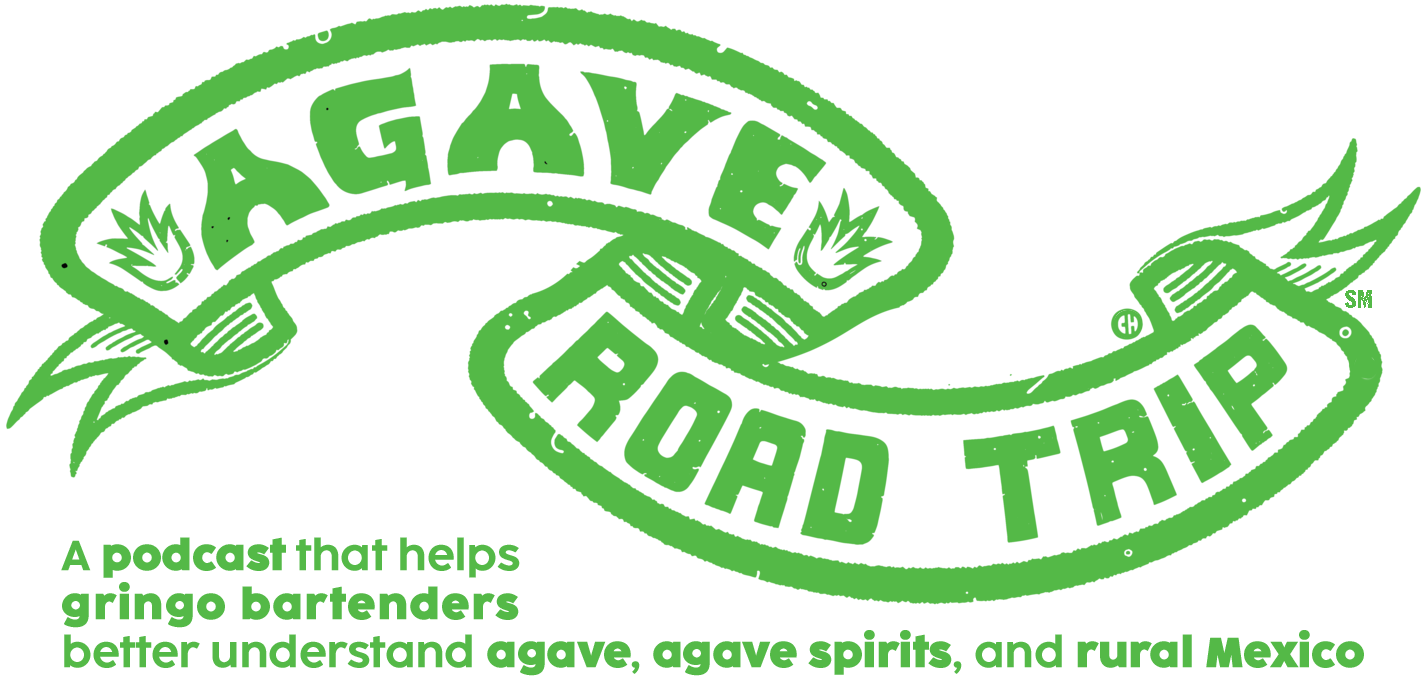
The Ever-Popular Tortured-Agave Effect
There’s an idea that mezcal made with wild agave is more delicious, because the agave lived in a hostile environment. But in the world of pulque, there’s an idea that the most delicious batches of that fermented beverage come from pampered, farmed agave. We check in with Gonzalo Álvarez-Ríos (who we call Dr. Pulque) and Dr. Iván Saldaña Oyarzábal (who we all Sir) to better understand the why and how and what of it all in this 150th episode of Agave Road Trip!

Let’s talk about Maguey Salmiana
Chava says this is the first of a series of episodes where we take a close-up look at specific agaves. I'm not as confident that this works. But, hey, you tell us. It's a Choose Your Own Adventure episode of Agave Road Trip!

If You Capon the Quiote, Do You Get Better Mezcal?
The capon’d agave — the agave that is harvested after it’s begun reproduction, after its quiote has been cut, after it’s been left to develop and change in the field, healing its wound — is considered a special, beautiful, romantic source for making an especially delicious agave spirit. But not by maestro vinatero El Lobo de la Sierra in Los Jacales, Jalisco. Lobo breaks Chava’s heart by busting the capon myth in this episode of Agave Road Trip!

Bad Mezcal
It’s the cleanest spirit you can drink! It’s made from the best sugar source in the world! It’s made by hand! So … how could there possibly be such a thing as bad mezcal? Find out in this episode of Agave Road Trip!

Who Says It’s Not Mezcal?
Mezcal can only be made from the heart of the agave. Or … wait? It can be made from the leaves? And sometimes that worm in the bottle isn’t just for tourists? What’s true in one community is not true universally, and the only absolute truths are the ones the Mexican government puts to paper … until they edit that document. Join us for the most confounding episode yet of Agave Road Trip!
